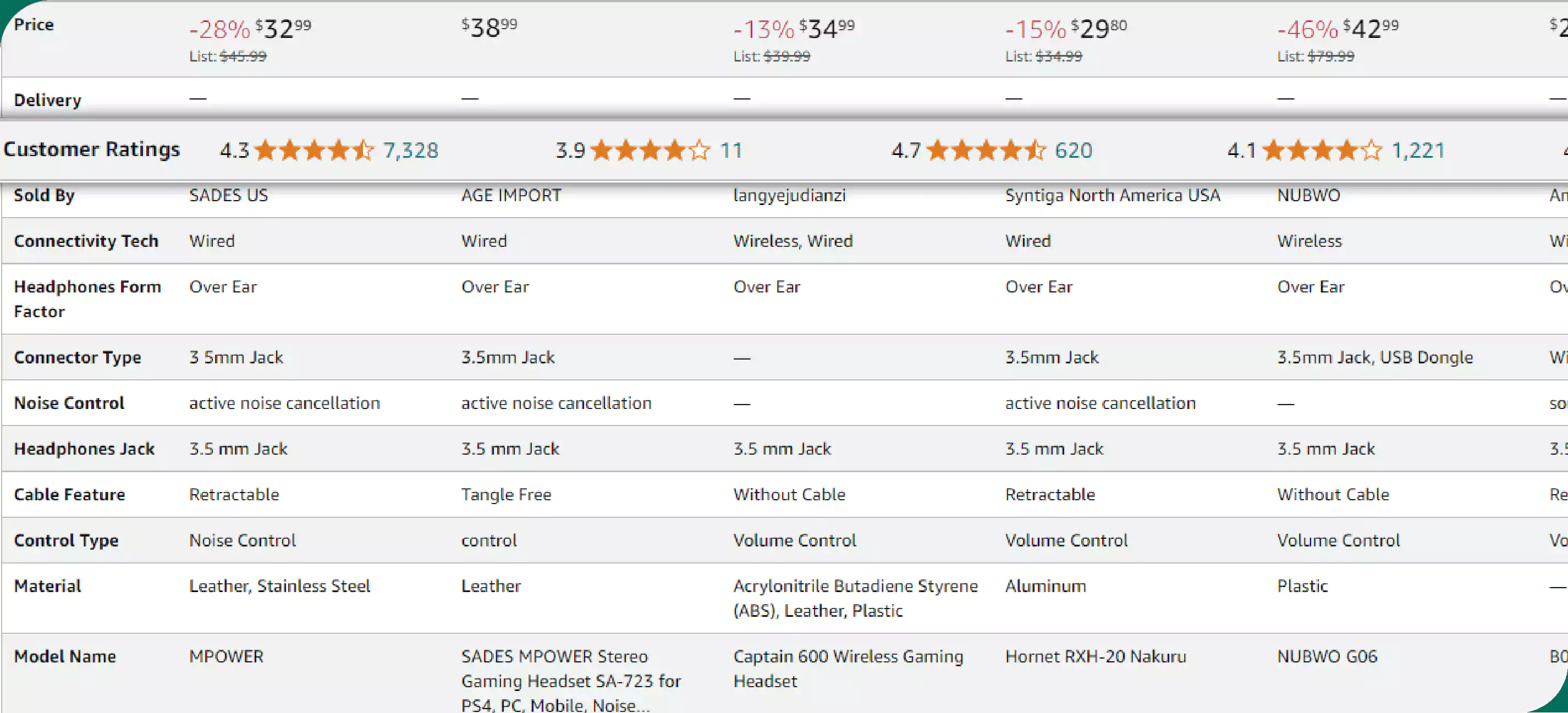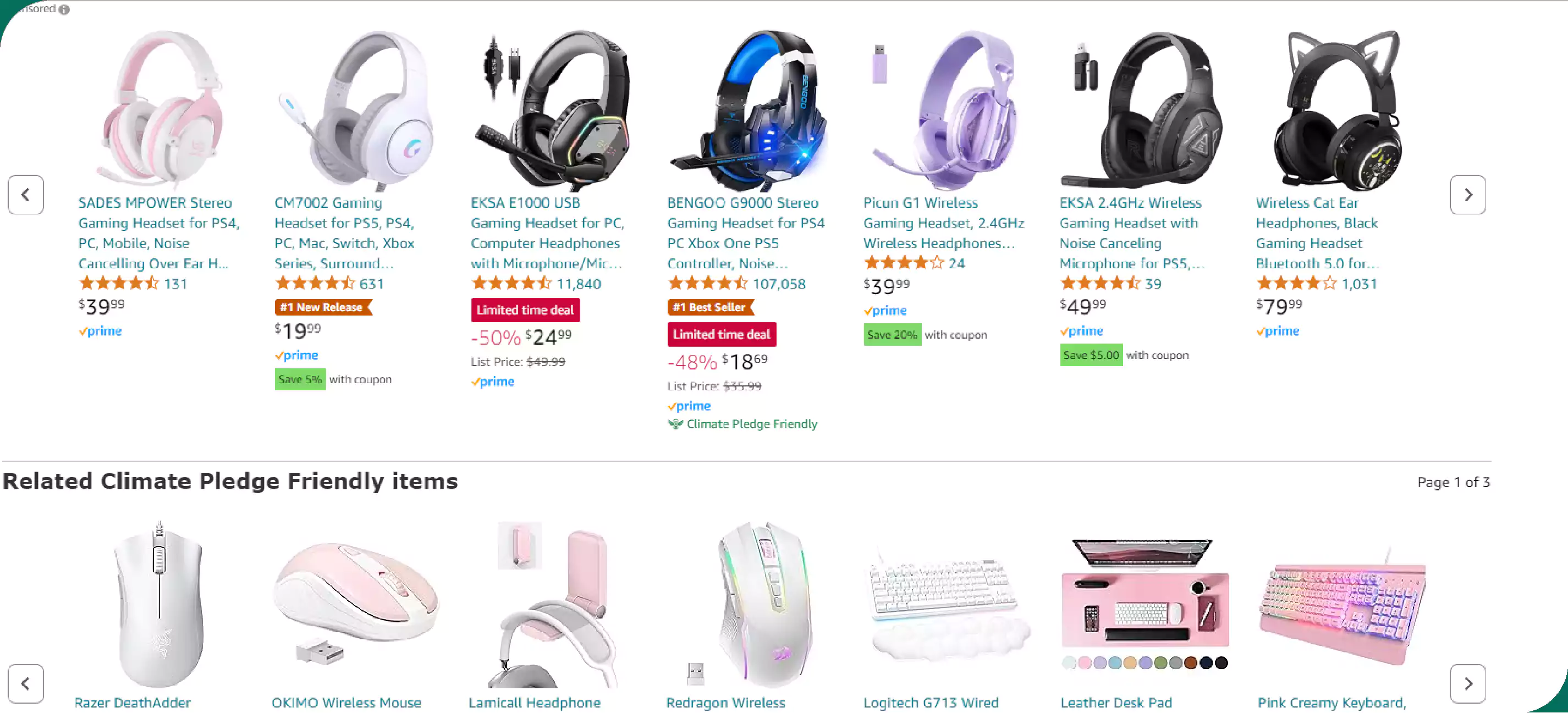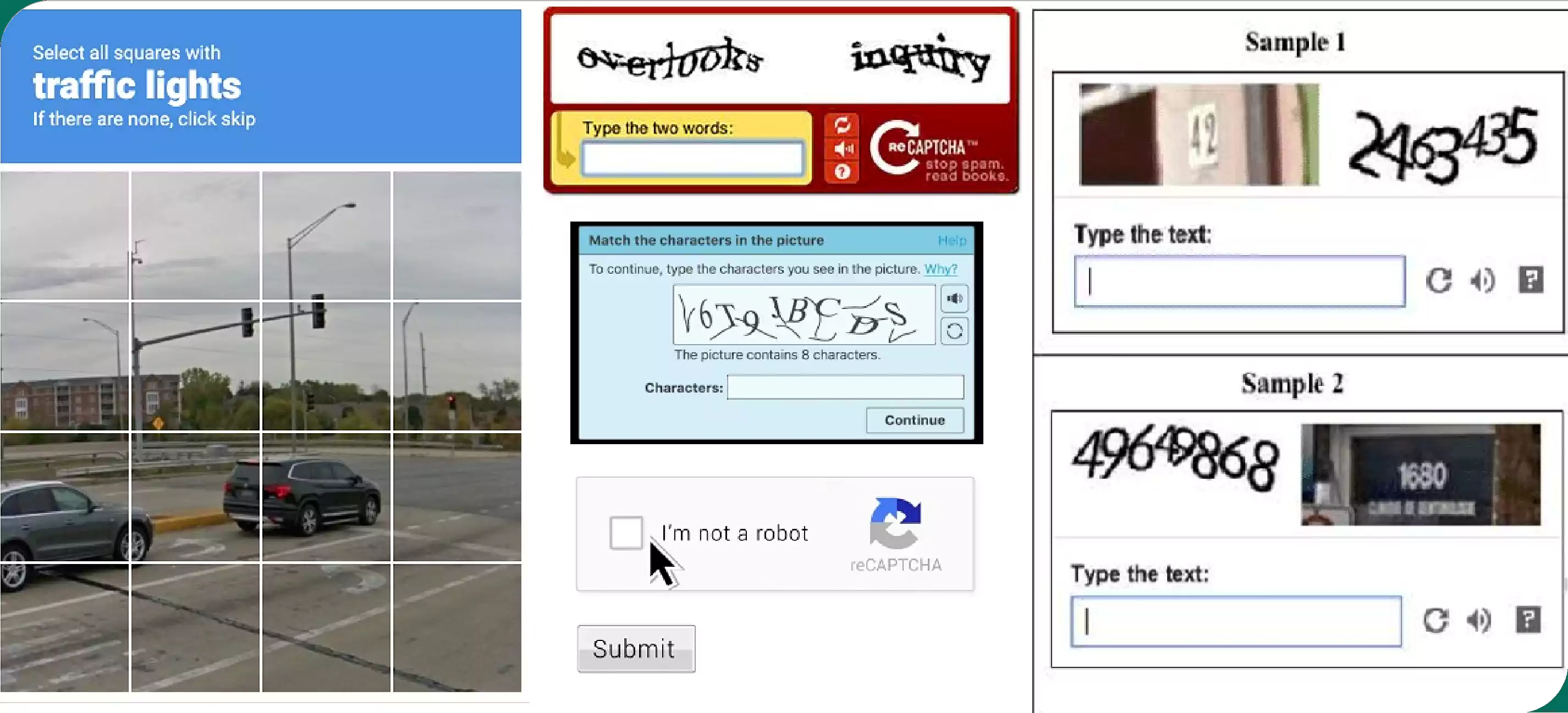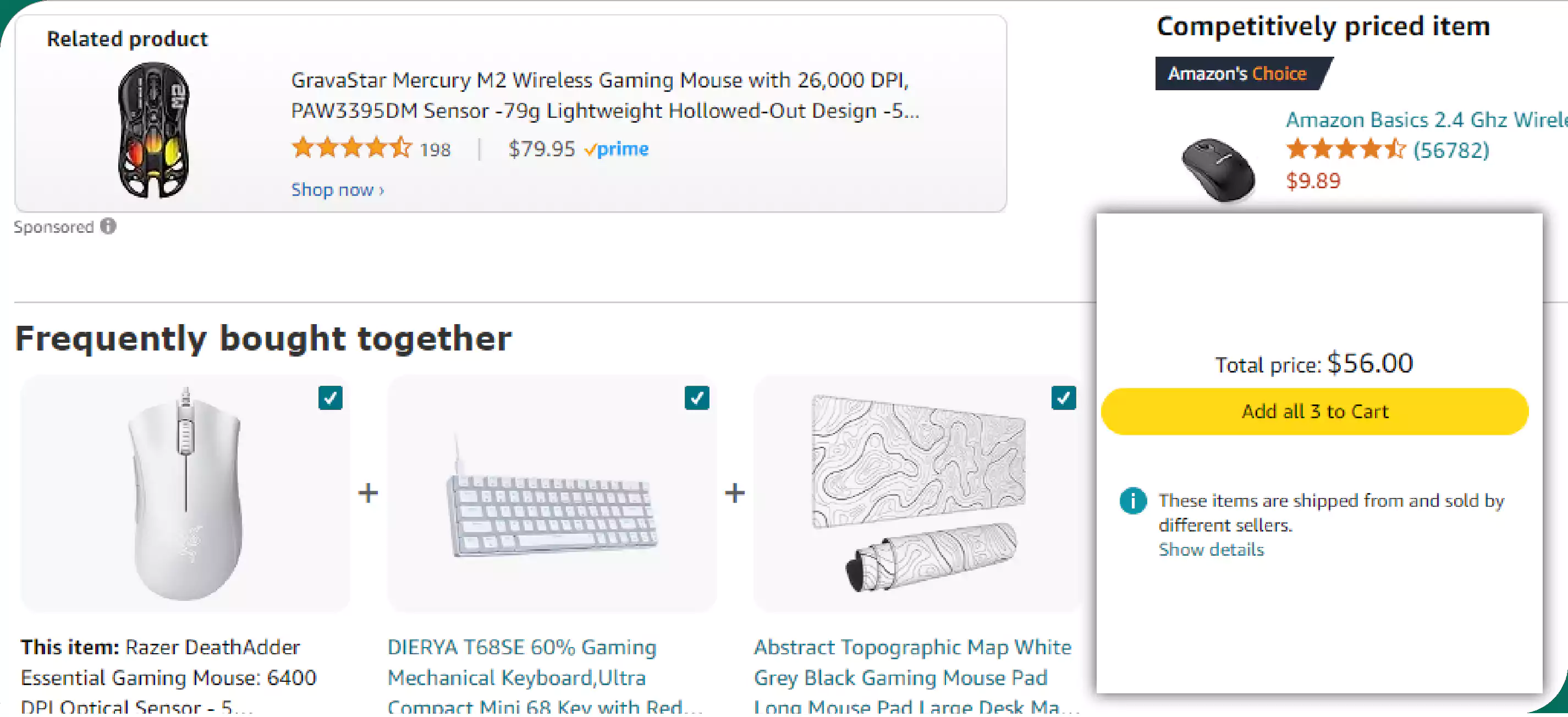
In today's competitive retail landscape, data is king. With the rapid growth of eCommerce and the increasing reliance on online shopping, businesses are turning to data-driven strategies to stay ahead of the competition. Retail website data scraping has emerged as a powerful tool that enables businesses to collect, analyze, and leverage vast amounts of information from online retail platforms. Using advanced retail website data scraper, companies can gain insights into consumer behavior, track competitor pricing, optimize inventory management, and enhance their overall marketing efforts.
In this article, we will explore the concept of retail website data extraction, its benefits to businesses, the challenges involved, and how advanced retail website data scrapers can help overcome these challenges to unlock the full potential of retail data.
Understanding Retail Website Data Scraping

Retail website data extraction is automatically collecting data from online retail platforms. This data can include various information, such as product prices, descriptions, reviews, ratings, availability, images, etc. Data scraping aims to collect this information in a structured format that can be analyzed and used to inform business decisions.
Data scraping involves several steps, including sending requests to the retail website, retrieving the HTML content of the web pages, parsing the HTML to extract relevant data, and storing the data in a database or file for further analysis. Advanced data scrapers often employ sophisticated techniques to handle dynamic content, bypass anti-scraping measures, and ensure the accuracy and completeness of the scraped data.
Benefits of Retail Website Data Scraping

Retail website data extraction offers many benefits to businesses, particularly in the highly competitive eCommerce sector. Here are some of the key advantages:
1. Competitive Pricing Analysis:
• One of the most significant benefits of data scraping is monitoring competitor pricing in real time. By continuously tracking prices across multiple retail websites, businesses can adjust their pricing strategies to remain competitive and maximize profits.
2. Inventory Management:
• Data scraping allows businesses to monitor product availability and stock levels across retailers. This information can be used to optimize inventory management, ensuring that popular products are always in stock and reducing the risk of overstocking or stockouts.
3. Market Trends and Consumer Behavior:
• Businesses can gain valuable insights into market trends and consumer behavior by analyzing data from retail websites. This includes understanding which products are trending, identifying customer preferences, and predicting future demand.
4. Enhanced Product Listings:
• Scraping data from competitor websites can help businesses enhance their product listings by providing detailed descriptions, high-quality images, and customer reviews. This can improve conversion rates and a better overall customer shopping experience.
5. Dynamic Pricing Strategies:
• Retail website data scraping enables businesses to implement dynamic pricing strategies based on real-time market conditions. Businesses can adjust their prices to maximize revenue and remain competitive by continuously monitoring competitor prices and demand fluctuations.
6. Customer Sentiment Analysis:
• Scraping customer reviews and ratings from retail websites allows businesses to analyze sentiment and understand how customers perceive their products and services. This information can be used to improve product offerings, address customer concerns, and enhance brand reputation.
Challenges of Retail Website Data Scraping

While retail website data collection offers numerous benefits, it also comes with its own set of challenges. Some of the key challenges include:
1. Legal and Ethical Considerations:
• Scraping data from retail websites can raise legal and ethical concerns. Many websites include terms of service that restrict scraping, and violating these terms can result in legal action. Businesses must ensure that their data scraping activities adhere with all applicable laws and regulations.
2. Anti-Scraping Measures:
• Retail websites often employ anti-scraping measures to prevent automated data extraction. These measures can include CAPTCHAs, IP blocking, rate limiting, and dynamic content loading. Overcoming these barriers requires advanced techniques and tools.
3. Data Quality and Accuracy:
• Ensuring the accuracy and consistency of scraped data is crucial for making informed business decisions. Only complete or correct data can lead to good decision-making and potential losses. Scrapers must be designed to handle variations in data formats, missing information, and other inconsistencies.
4. Scalability:
• As the volume of data on retail websites grows, businesses need scalable scraping solutions that can handle large amounts of data efficiently. This requires robust infrastructure and optimized data extraction processes.
5. Maintenance and Adaptation:
• Retail websites frequently update their interfaces, which can break scraping scripts. Businesses must regularly update and maintain their scrapers to continue functioning as expected.
Advanced Retail Website Data Scrapers

Businesses can leverage advanced retail website data scrapers to overcome the challenges associated with retail website data scraping and unlock the full potential of retail data. These tools are designed to provide comprehensive and reliable data extraction capabilities, enabling businesses to collect and analyze large volumes of data from multiple retail websites.
Here are some of the key features and benefits of advanced retail website data scrapers:
1. Sophisticated Web Crawling and Parsing:
• Advanced retail website data scrapers have sophisticated web crawling and parsing capabilities, allowing them to navigate complex website structures, handle dynamic content, and extract data from multiple pages and categories.
2. Handling Anti-Scraping Measures:
• Advanced scrapers bypass standard anti-scraping measures, such as CAPTCHAs, IP blocking, and rate limiting. This is achieved through IP rotation, proxy usage, headless browsing, and CAPTCHA solving.
3. Customizable Data Extraction:
• Retail data scraping tools offer customizable data extraction options, allowing businesses to tailor the process to their needs. This includes selecting specific data fields, setting extraction frequency, and defining data output formats.
4. Scalability and Performance:
• These tools are built to handle large-scale data extraction, making them suitable for businesses with extensive data requirements. They are optimized for performance, ensuring fast and efficient data collection even from high-traffic retail websites.
5. Data Quality Assurance:
• Advanced scrapers include data validation and quality assurance features, ensuring the extracted data is accurate, consistent, and complete. This reduces the risk of errors and improves the reliability of the data for analysis.
6. Automation and Integration:
• Many advanced scrapers offer automation capabilities, allowing businesses to schedule data extraction tasks and integrate the scraped data into their existing systems, such as databases, data warehouses, or analytics platforms.
7. User-Friendly Interface:
• Advanced scrapers often come with a user-friendly interface that allows users to set up and manage their scraping tasks without requiring extensive technical knowledge. This makes them accessible to a broader range of users within the organization.
How to Use Advanced Retail Website Data Scrapers

Using an advanced retail website data scraper involves several steps, from selecting the right tool to configuring the scraping process and analyzing the collected data. Here's a step-by-step guide:
Step 1: Select the Right Scraping Tool
1. Evaluate Your Data Needs:
• Determine what data type you need to scrape (e.g., prices, product descriptions, reviews) and which retail websites you want to target.
2. Compare Scraping Tools:
• Research and compare advanced retail website data scrapers based on features, performance, scalability, and pricing. Consider factors like ease of use, customization options, and support for handling anti-scraping measures.
3. Choose a Suitable Tool:
• Select the tool that best meets your business needs and budget.
Step 2: Configure the Scraping Process
1. Set Up the Scraper:
• Install and configure the chosen scraping tool according to your requirements. This may involve setting up proxies, defining data fields, and configuring the web crawler to navigate through the target retail website.
2. Customize Data Extraction:
• Specify the exact data you want to extract, such as product titles, prices, ratings, and availability. Customize the scraping script to target specific categories or sections of the website.
3. Handle Anti-Scraping Measures:
• Implement strategies to bypass anti-scraping measures, such as rotating IP addresses, using headless browsers, or incorporating CAPTCHA-solving services.
Step 3: Execute the Scraping Task
1. Test the Scraper:
• Run a test scraping session to ensure the scraper functions correctly and the extracted data is accurate and complete.
2. Run the Scraper:
• Execute the complete scraping task to collect data from the target retail website. Monitor the process to identify any issues or errors that must be addressed.
3. Store the Data:
• Save the scraped data in a structured format, such as a CSV file or database, for further analysis.
Step 4: Analyze the Scraped Data
1. Data Cleaning and Validation:
• Clean and validate the scraped data to ensure accuracy and consistency. Remove any duplicate entries, correct errors, and fill in missing information.
2. Data Analysis:
• Analyze the scraped data using data analysis tools like Excel, Python (with libraries such as Pandas), or specialized analytics software. This will generate insights into pricing trends, product performance, customer sentiment, and more.
3. Report Generation:
• Create reports and dashboards to visualize the analysis results and share them with relevant stakeholders in your organization
Step 5: Maintain and Update the Scraper
1. Regular Maintenance:
• Update the scraping script regularly to adapt to changes in the structure of the target retail website. This ensures that the scraper continues to function effectively.
2. Monitor Legal and Ethical Compliance:
• Stay informed about changes to the target website's terms of service and confirm that your data scraping activities fulfill with legal and ethical standards.
Conclusion
website data scraping, when done effectively, can be a game-changer for businesses looking to gain a competitive edge in the eCommerce industry. By leveraging advanced retail website data scrapers, companies can unlock the full potential of retail data, from real-time pricing analysis to enhanced inventory management and customer sentiment insights. However, it's essential to approach data scraping cautiously, ensuring compliance with legal and ethical guidelines and overcoming technical challenges with the right tools and strategies. With the right approach and the use of advanced data scrapers, businesses can harness the power of retail data to drive informed decision-making and achieve long-term success in the dynamic world of retail.
Transform your retail operations with Retail Scrape Company's data-driven solutions. Harness real-time data scraping to understand consumer behavior, fine-tune pricing strategies, and outpace competitors. Our services offer comprehensive pricing optimization and strategic decision support. Elevate your business today and unlock maximum profitability. Reach out to us now to revolutionize your retail operations!
